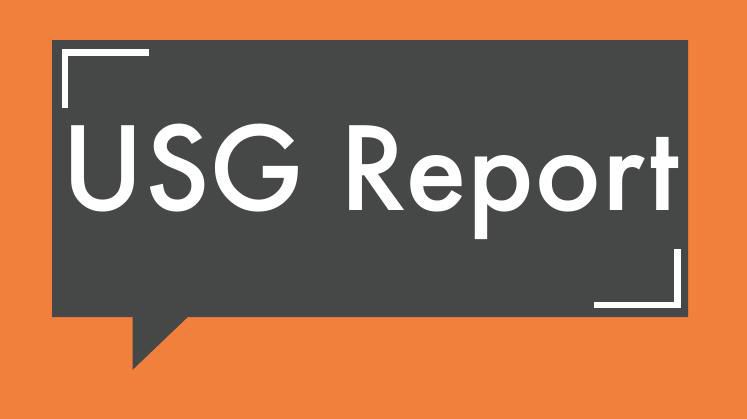The 2016-2017 school year is coming to an end, and many students are already getting their finances in order for next year. Those returning to the University must consider the latest increases in room and meal plan costs, which could especially effect low income students.
In February, the University Board of Trustees approved an increase of 2.1 percent for room costs and about a 3 percent increase for meal plan costs. For the average undergraduate student on campus, the overall increase will be 1.8 percent higher than last year.
Room cost increases will add about $65 per semester to a student’s bill, and the bronze meal plan will also see a $45 increase per semester.
The University attributes the higher meal plan costs to an increase in food and labor costs. Dining Services would rather increase costs than lower the food quality on campus.
Labor, employee benefit costs, utility costs and operational costs tend to increase over time. These are all factors that contribute to the increased cost of room and board.
The Board of Trustees also decided to shorten semesters at the University, effective fall of 2018.
Although there have been rumors about tuition increases, Sheri Stoll, the University’s chief financial officer, has said that a decision on tuition costs has not been made yet. The board will most likely set those rates in May or June.
Without any increases to tuition, an undergrad student will pay about $19,508 dollars a year to attend the University. The overall cost increase per year will be around $230.
Past cost increases have affected low-income students, and the latest increase comes as no surprise for some.
“The increase doesn’t really seem like much when you look at it on its own, but when you consider that they increased costs last year, it adds up,” University junior Sarah said. “I barely scrape by throughout the semester, and I really can’t see how I can work more than I already do.”
Other students are worried about what their parents will say about cost increases.
“I’m lucky that my parents pay for my education. They still don’t make much money,” University freshman Eric said. “If cost increases are a trend, I might have to start helping them pay for school. I get stressed easily though, I can’t imagine working more hours and going to school.”
Governor John Kasich’s proposed education plan has some components that may help with college costs across the state of Ohio. Gov. Kasich intends to increase funding to public colleges. Despite this, Ohio public universities are still some of the most expensive colleges to attend, according to collegecost.ed.gov/catc/.
The governor’s budget also intends to continue the tuition freeze, general fee freeze and special fee freeze at Ohio public universities, so it is possible the University will not see tuition increases for the 2017-2018 school year.













